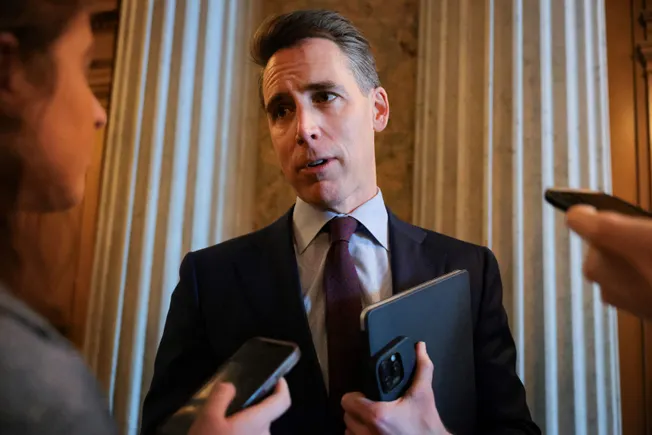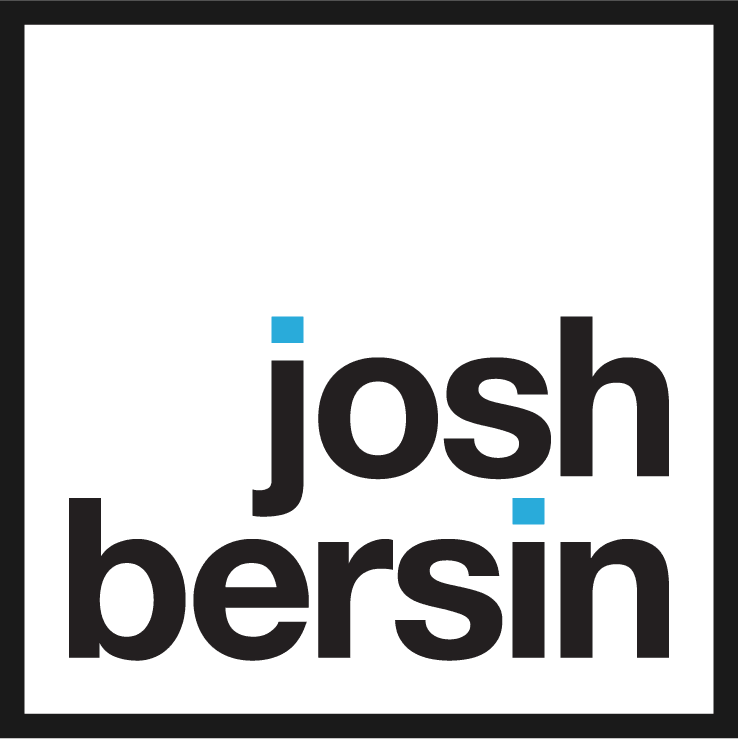The curtain is about to open on the Affordable Care Act public exchange plan enrollment period for 2026 coverage—and some say what many small employers are seeing in their renewal notices is scarier than the increases exchange plan shoppers are seeing.
The new ACA enrollment period is set to run from Nov. 1-Dec. 15. This is in states that use HealthCare.gov to run their web-based supermarkets for individual, family and small-group health insurance coverage and in many of the states that run their own state-based exchange programs, including—for the first time—Illinois.
The looming expiration of the rich federal premium subsidy levels available during the COVID-19 pandemic could lead to dramatic increases in what many consumers will pay out-of-pocket for coverage, many analysts predict.
New application verification rules that are supposed to hold down the cost of exchange plan coverage in the long run, by making enrollees more honest, are hurting enrollment in the short run. This, paired with the possible expiration of the extra premium subsidies, is increasing the full list cost of coverage, by leading health insurers to increase rates enough to make room for what they expect to be market turmoil and big, hard-to-predict shifts in where the sickest enrollees end up getting covered.
See also: Could return of short-term health insurance provide relief to some employers?
KFF/Peterson has reported seeing an average increase of 17% in states that run their own Marketplaces.
“The amount health insurers charge for coverage on the ACA Marketplaces is rising 26%, on average, in 2026,” said Cynthia Cox, vice president and director of the Program on the ACA. Cox also directs the Peterson-KFF Health System Tracker.
“In states that run their own Marketplaces, the average benchmark (second-lowest cost) silver premium, on which the tax credit calculation is based, is rising 17% next year,” Cox said. “In states that use HealthCare.gov, these premiums are rising an average of 30%.”
Sarah London, the chief executive officer at Centene, a major exchange plan issuer, said Wednesday during a conference call with securities analysts, that her company had increased its exchange plan premiums more than 30%, “with a focus on margin over membership.”
ACA healthcare rates could go even higher in 2027
Rates could move even higher in 2027 if current trends continue: Molina Healthcare recently said that individual health market claims have been even higher than it had expected.
The exchange plan increases and subsidy changes could be hard on the employers and plan administrators hoping to use individual coverage health reimbursement arrangements to create mechanisms workers can use to buy their own individual coverage with employer cash.
But prices are also soaring for sponsors of small health plans, and exchange plan forecasters have always had a hard time predicting how consumers’ shopping behavior might affect what the consumers really end up paying for exchange plan coverage.
America’s Health Insurance Plans and other insurance and benefits groups are still lobbying hard to get the current exchange plan premium subsidy levels renewed. Analysts at Gravie, a company in the ICHRA market, produced a map showing that average small-group health insurance prices will probably still be more than 10% cheaper than the rates small employers play for coverage in at least nine states.
“It’s crucial to note that even these state averages are just directional,” according to the Gravie analysts. “An individual employer’s actual premium will be heavily influenced by their specific employee census and their contribution strategy. Indeed, the delta between individual and group rates will likely narrow in 2026, but, overall, ICHRA will still be the clear path into the future.”






















